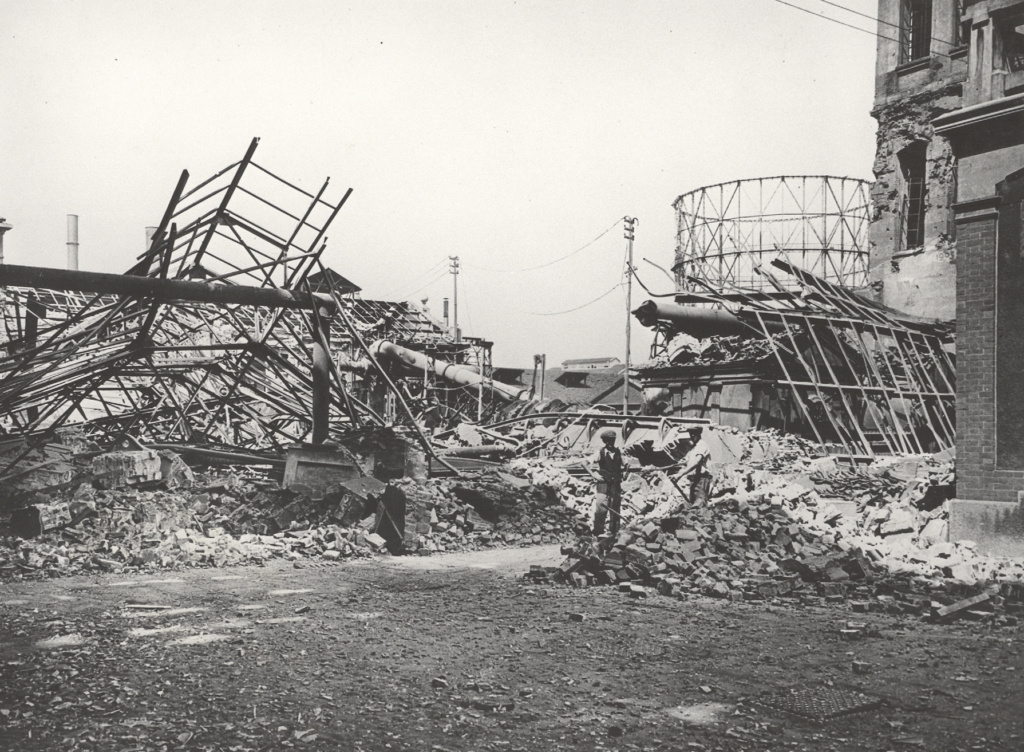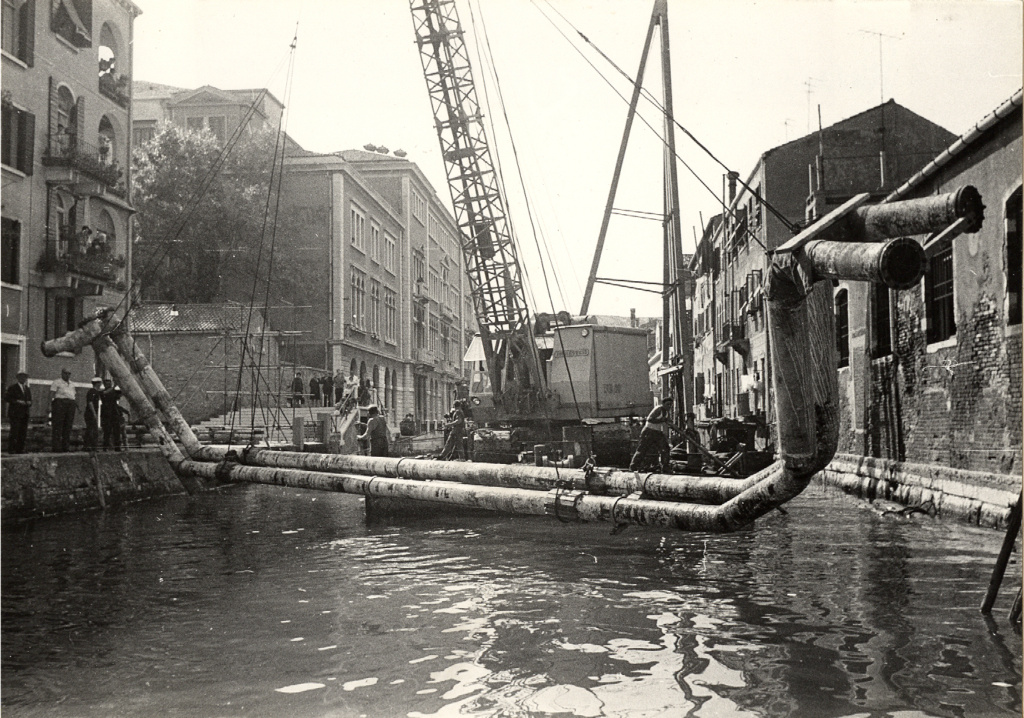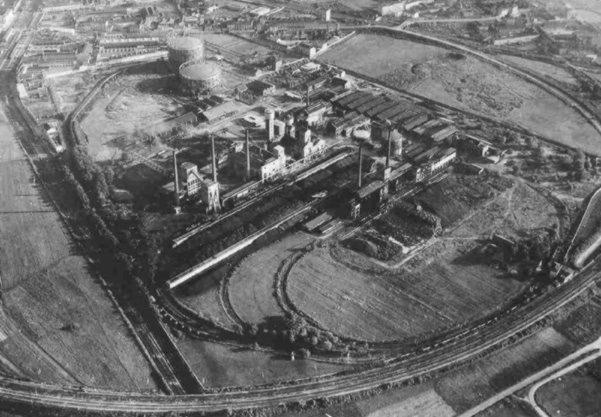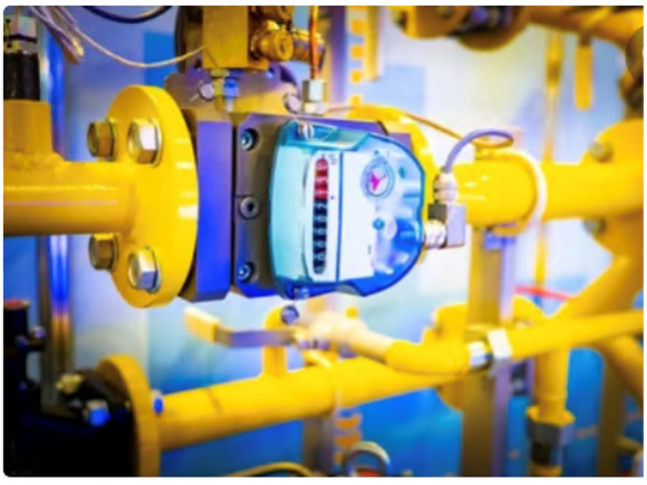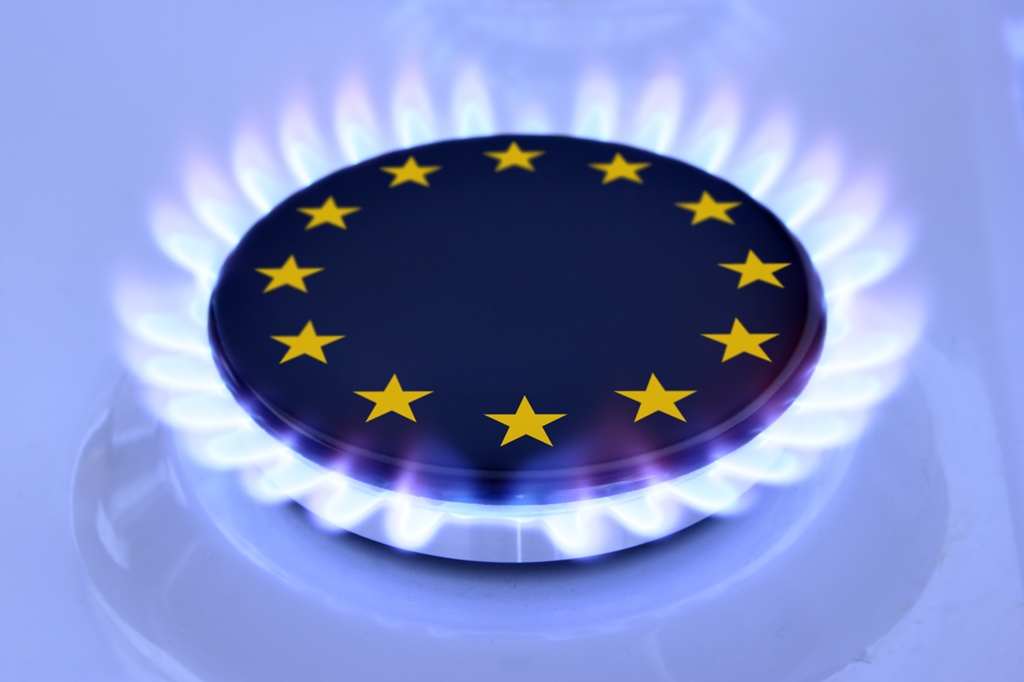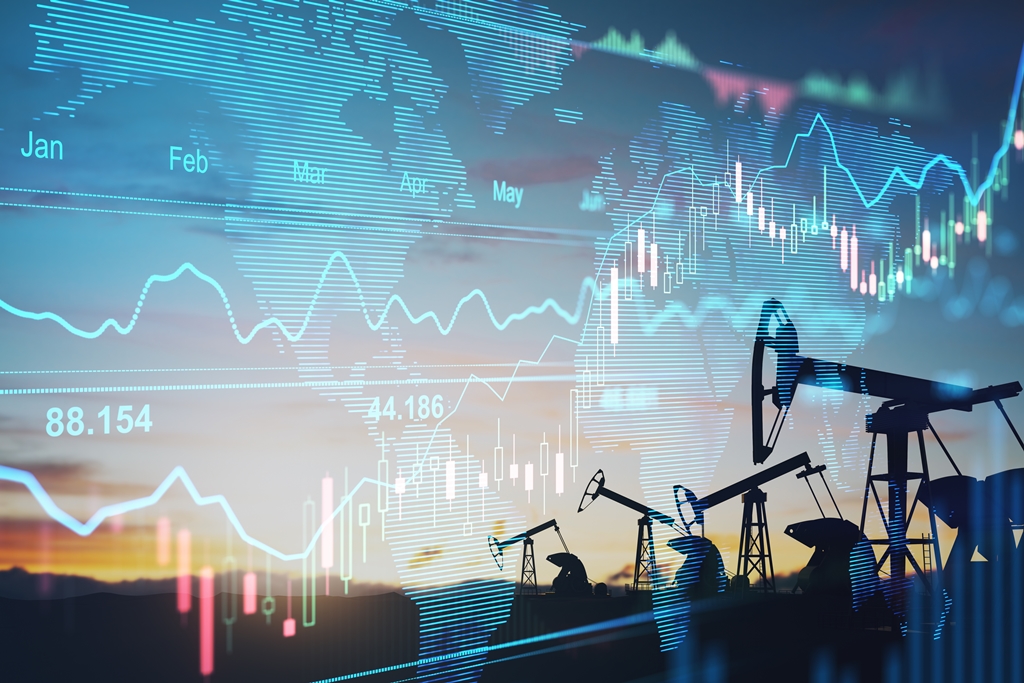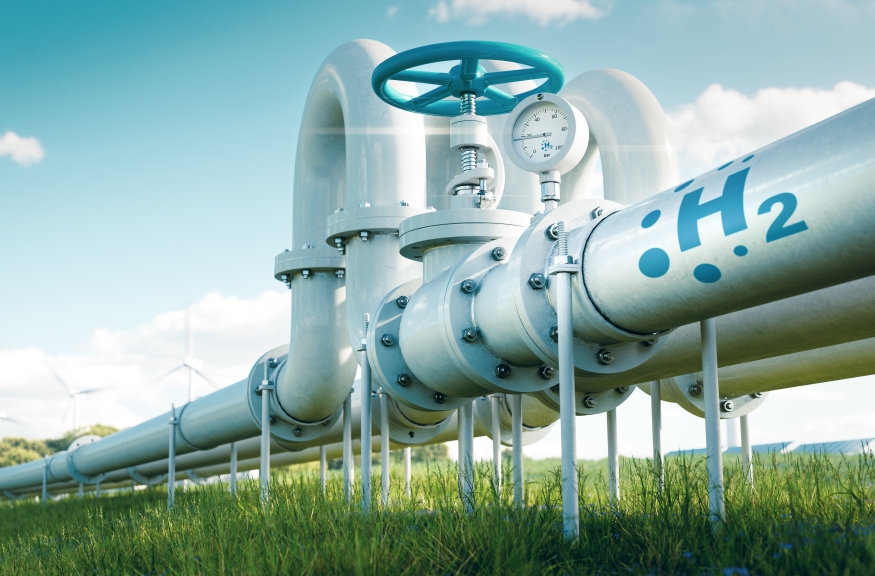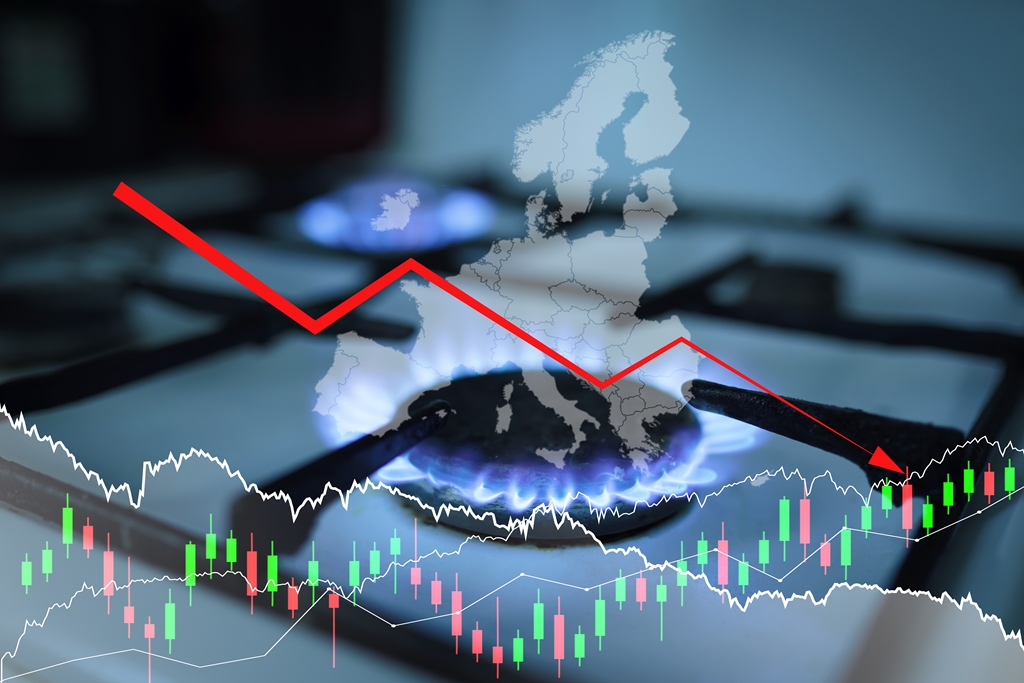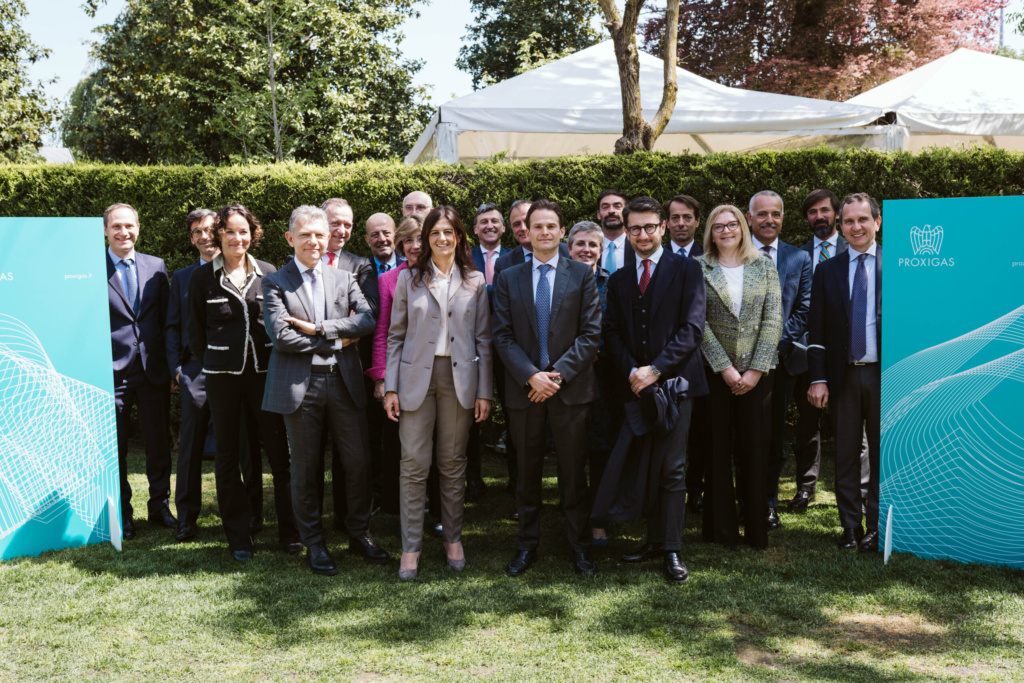The Association, then called ANIG, was formed in 1946 just after the war ended with the objective: “to protect and sustain the interests of member companies, to support and facilitate in every way the reconstruction of the firms affected by war, to conduct union activities, to promote and foster understanding and agreements of an economic nature.”
The gas industry was committed to the reconstruction and reorganization of the industry, after the destruction and damage of war. The distributed gas was generally obtained by the distillation of coal, supplied by private companies, and was largely managed by the Association.
In 1946, the year of the advent of methane, the problem of using large-scale natural gas led toward the gradual transition to methane gas distribution, in conjunction with, or in some cases replacing the gas from coal distillation. ANIG promoted this technical innovation. In 1949, in the final year of the post-war reorganization, a national tariff system was instated that unified the cost of production and distribution.

